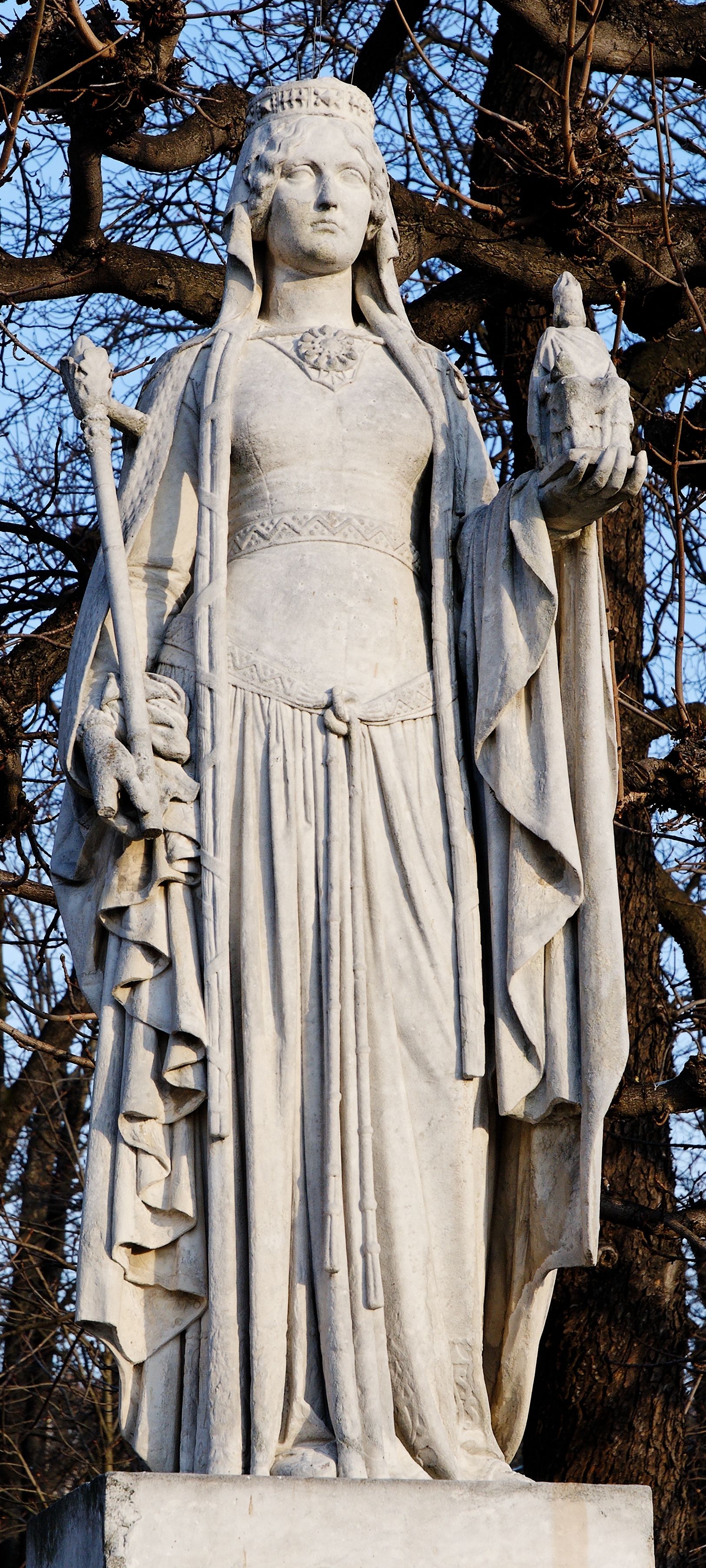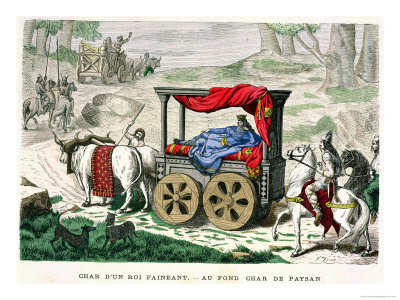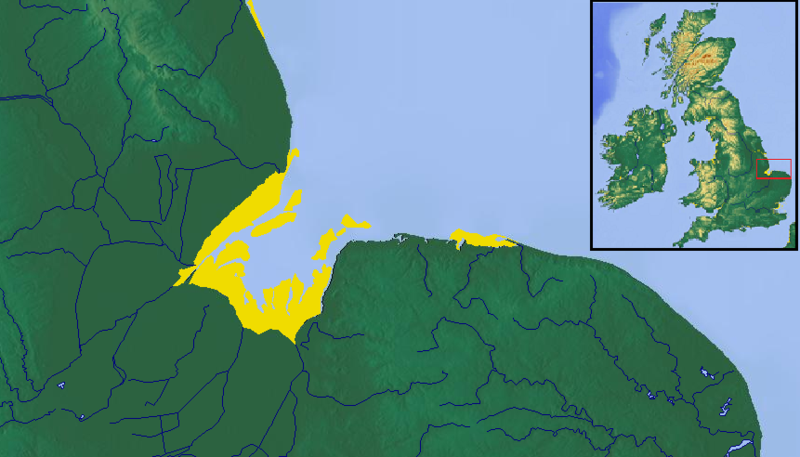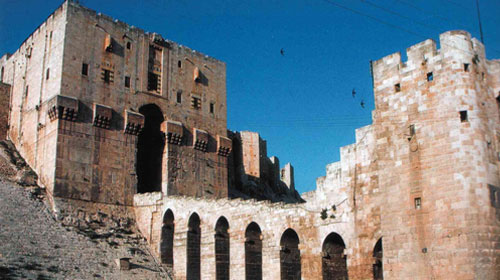When Pope Gregory the Great (c.540-604) sent missionaries to bring Christianity to the world, he gave them a bold idea: don't argue with the natives about their religious practices, but explain to them that the true source of goodness comes from the Christian God. What he really said was:
"Non enim pro locis res, sed pro bonis rebus loca amanda sunt." — "Things are not to be loved for the sake of a place, but places are to be loved for the sake of their good things."In other words, if the natives worshiped a rock or a tree or a hill, do not tell them that they are wrong. Instead, preach at that place and convince them that the special quality of the place originates with God, not in the tree or rock itself.
Therefore, Celtic festivals weren't suppressed, but subsumed. The festival of Samhain (pronounced like sow in), approximately halfway between the autumnal equinox and the winter solstice, celebrated harvest time and the end of the growing season. It is, we believe (because the Celts didn't exactly leave written records), a time when dying was on people's minds because of what was happening to the flora all around, and so it was thought that spirits might be more likely to appear or be active around that time.
In 609, All Saints Day was established in May, but in 835 it was moved to its current spot in November, right at the time that Samhain was being celebrated. Another name for All Saints was "All Hallows" because "Hallow" means "Holy" and refers to the saints. The evening before the day was therefore called "All Hallows Eve," which eventually was shortened to Halloween (the word "Halloween" doesn't appear in English until the 18th century). A three-day span of celebrating the dead was established in the 10th century when the 2nd of November was named "All Souls Day" to include a time to pray for those who were not saints.
The pagan custom of leaving offerings (soul cakes) out for spirits is connected in people's minds with the candy and treats given out to children on Halloween. Pumpkins were not known in Europe in the Middle Ages, so we are told that jack-o-lanterns (the name first appears in 1660) were carved from turnips (the modern practice of carving pumpkins in America is first mentioned in 1834).
Despite the similarities we can find between the ancient customs and the current pastime, to say that the former evolved into the latter would require putting aside any pretense at scholarly thought. Even a century ago, it was not being celebrated as it is today. The current secular holiday seems to be a revival of old customs for the sake of having fun, not an extension of a spiritual belief.
But it was an easy intro to Gregory the Great, who probably deserved a mention in this blog long before this.





























